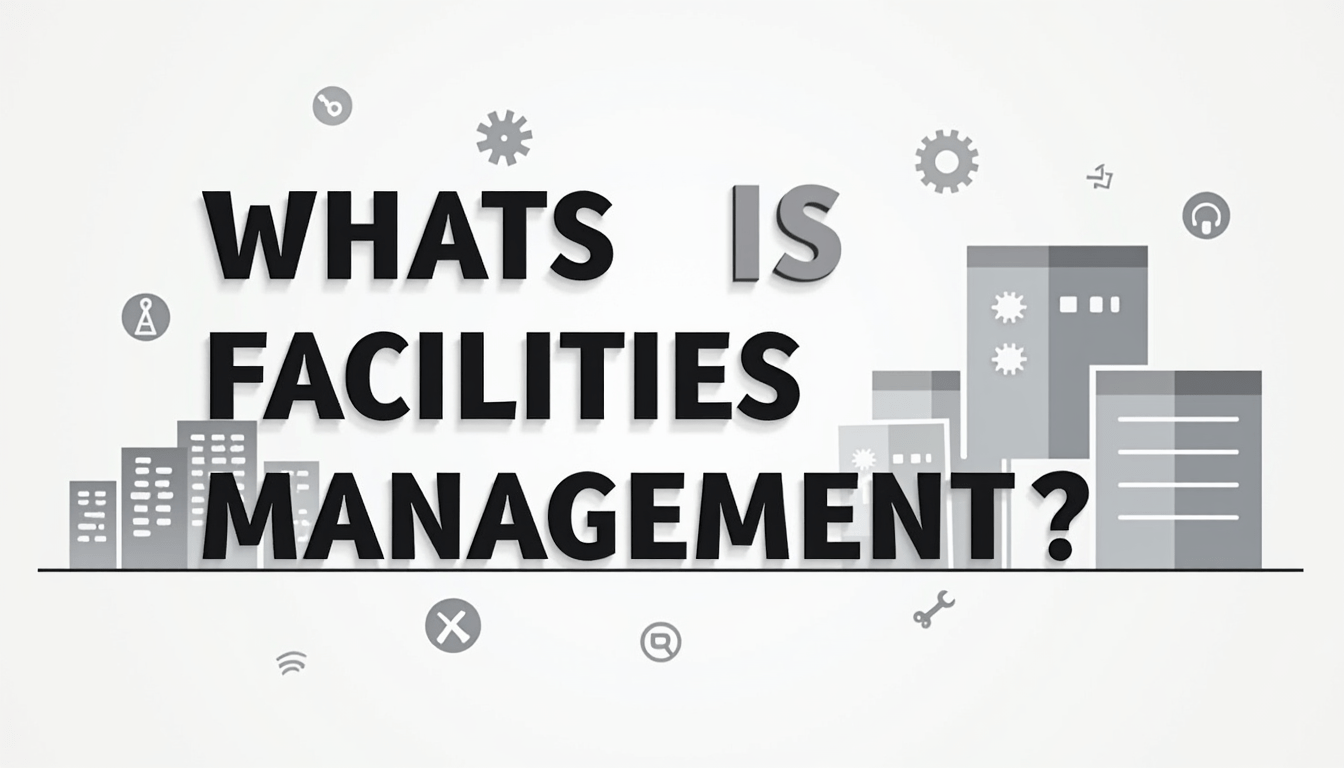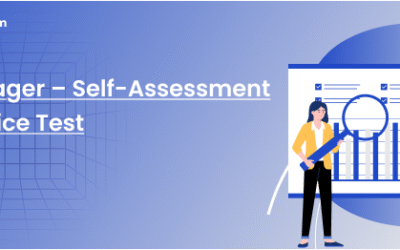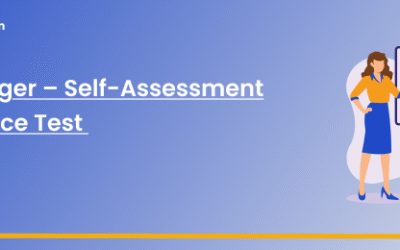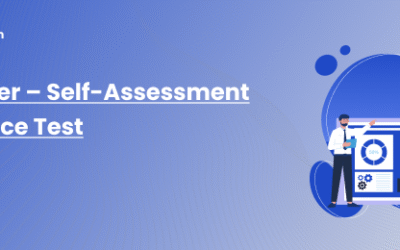What is Facilities Management
Welcome to the world of facilities management, where seamless operations and efficient maintenance make all the difference. In this article, we will explore the ins and outs of facilities management, uncovering its importance and the role it plays in ensuring smooth functioning of various establishments. From commercial buildings to residential complexes, facilities management is the backbone that keeps everything running like a well-oiled machine.
Facilities management encompasses a wide range of responsibilities, including building maintenance, security, cleaning, catering, and even waste management. It focuses on creating and maintaining a safe, functional, and comfortable environment for occupants, while maximizing productivity and minimizing costs. With the constantly evolving landscape of technology, facilities management has also adapted to incorporate smart systems that enhance efficiency and sustainability.
Whether you are a business owner, a property manager, or simply curious about this field, this article will provide you with valuable insights into the world of facilities management. So, let’s dive in and discover what it takes to keep the wheels turning behind the scenes.
Join us as we unravel the mysteries of facilities management and shed light on a profession that often goes unnoticed but is crucial for the seamless functioning of our built environment.
The Role of a Facilities Manager
Facilities managers are the unsung heroes who ensure that the buildings and services meet the needs of the people that work within them. They are responsible for the management of services and processes that support the core business of an organisation. Their work can include a broad spectrum of environment, property, and asset management.
A facilities manager must be adept at managing both buildings and budgets, requiring a balanced understanding of technical building services as well as financial acumen. They are in charge of ensuring that the physical environment aligns with the strategic needs of the business, facilitating a productive and cost-effective workspace.
The role extends beyond mere maintenance; it involves strategic planning and day-to-day operations, particularly in relation to buildings and premises. Likely areas of responsibility include building and grounds maintenance, space management, communications infrastructure, and utilities and services.
Key Responsibilities of Facilities Management
The key responsibilities of facilities management are diverse and vital for the longevity and efficiency of an organisation’s assets. One core responsibility is maintaining a safe and healthy working environment which complies with health and safety standards. This involves regular risk assessments and adjustments to meet regulatory requirements.
Facilities managers also oversee the operational functionality of a building, including the maintenance and repair of electrical and plumbing systems, ensuring that all facilities are in good working order. They coordinate renovations, refurbishments, and office moves to enhance the efficiency and aesthetics of the workspace.
Another crucial aspect is the management of third-party contractors. Facilities managers must negotiate and manage contracts with service providers such as cleaning companies, security services, and catering vendors, ensuring that they deliver on service level agreements and add value to the business.
Benefits of Effective Facilities Management
Effective facilities management can result in a multitude of benefits for an organisation. It ensures that all aspects of a facility are functioning as intended, which in turn, increases productivity by creating an environment where staff can focus on their core activities without disruption.
It also plays a vital role in extending the life cycle of assets, reducing the need for costly repairs and replacements. By implementing regular maintenance schedules, facilities managers can foresee potential issues and address them before they become problematic.
Moreover, well-managed facilities can contribute to the overall satisfaction and well-being of employees and visitors. A clean, safe, and well-maintained environment is conducive to morale and can help in attracting and retaining top talent.
Facilities Management Best Practices
To achieve excellence in facilities management, certain best practices should be followed. One such practice is proactive maintenance, which involves regularly inspecting and maintaining equipment to prevent breakdowns and extend their usability.
Another best practice is the use of integrated facilities management systems that allow for the centralisation of all maintenance and operational tasks. This can improve communication, increase efficiency, and provide valuable data for informed decision-making.
Facilities managers should also focus on training and development for their teams. Keeping staff up-to-date with the latest health and safety regulations, maintenance techniques, and customer service skills ensures that the facilities team is equipped to handle any challenges that may arise.
Common Challenges in Facilities Management
Facilities management is not without its challenges. One of the most significant is budget constraints, which can make it difficult to allocate funds for necessary repairs and upgrades. This often requires facilities managers to be resourceful, finding cost-effective solutions that do not compromise on quality.
Another challenge is staying compliant with ever-changing health and safety regulations. Facilities managers need to be on top of these changes to ensure their practices are up-to-date and legal.
Additionally, the management of space can be a complex task, particularly for growing businesses. Facilities managers must be able to adapt quickly to changes in the organisation, ensuring that space is utilised effectively and can accommodate expansion or restructuring.
Emerging Trends in Facilities Management
The field of facilities management is continuously evolving, with new trends emerging as technology advances. One such trend is the increasing use of smart building technology, which employs IoT devices to monitor and control building systems, improving efficiency and reducing energy consumption.
Another growing trend is the focus on wellness within facilities management. This includes creating spaces that promote mental and physical health, such as installing ergonomic furniture, enhancing natural light, and incorporating green spaces.
There is also a shift towards more flexible working environments, which requires facilities managers to re-think traditional office layouts and adapt to the needs of modern workforces.
Technology and Innovation in Facilities Management
Technology plays a significant role in modern facilities management. Automation and artificial intelligence (AI) are becoming increasingly prevalent, with systems able to monitor, control, and optimise building operations without human intervention.
Innovations such as predictive maintenance, powered by AI and machine learning, can anticipate equipment failures and schedule timely maintenance, thereby reducing downtime and repair costs.
The use of building information modelling (BIM) is another technological advancement that facilitates the creation of digital representations of physical and functional characteristics of facilities. BIM improves the sharing of information and collaboration between different stakeholders throughout the building lifecycle.
Importance of Sustainability in Facilities Management
Sustainability is an integral part of facilities management. With climate change and environmental concerns taking centre stage, facilities managers are under pressure to reduce the carbon footprint of their buildings.
This can involve implementing energy-efficient systems, promoting recycling and waste reduction programmes, and sourcing sustainable materials for construction and refurbishment projects.
Water conservation, green roofing, and the use of renewable energy sources are additional practices that facilities managers are adopting to promote sustainability and reduce environmental impact.
Conclusion: The Future of Facilities Management
The future of facilities management is one of innovation, sustainability, and adaptability. As businesses continue to evolve and new technologies emerge, facilities managers must stay ahead of the curve, ensuring that their practices not only meet the current needs of their organisations but also anticipate future challenges.
The role of the facilities manager is becoming increasingly strategic, with a focus on contributing to business efficiency and productivity. The profession is no longer just about maintenance and operations; it’s about providing a proactive, forward-thinking approach that adds real value to businesses.
In conclusion, facilities management is a dynamic and essential field that will continue to grow in importance. The ability to manage complex environments effectively, embrace new technologies, and prioritise sustainability will be the hallmarks of successful facilities management in the years to come.




